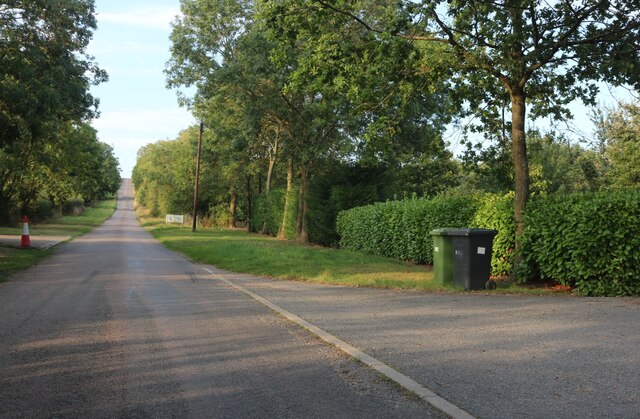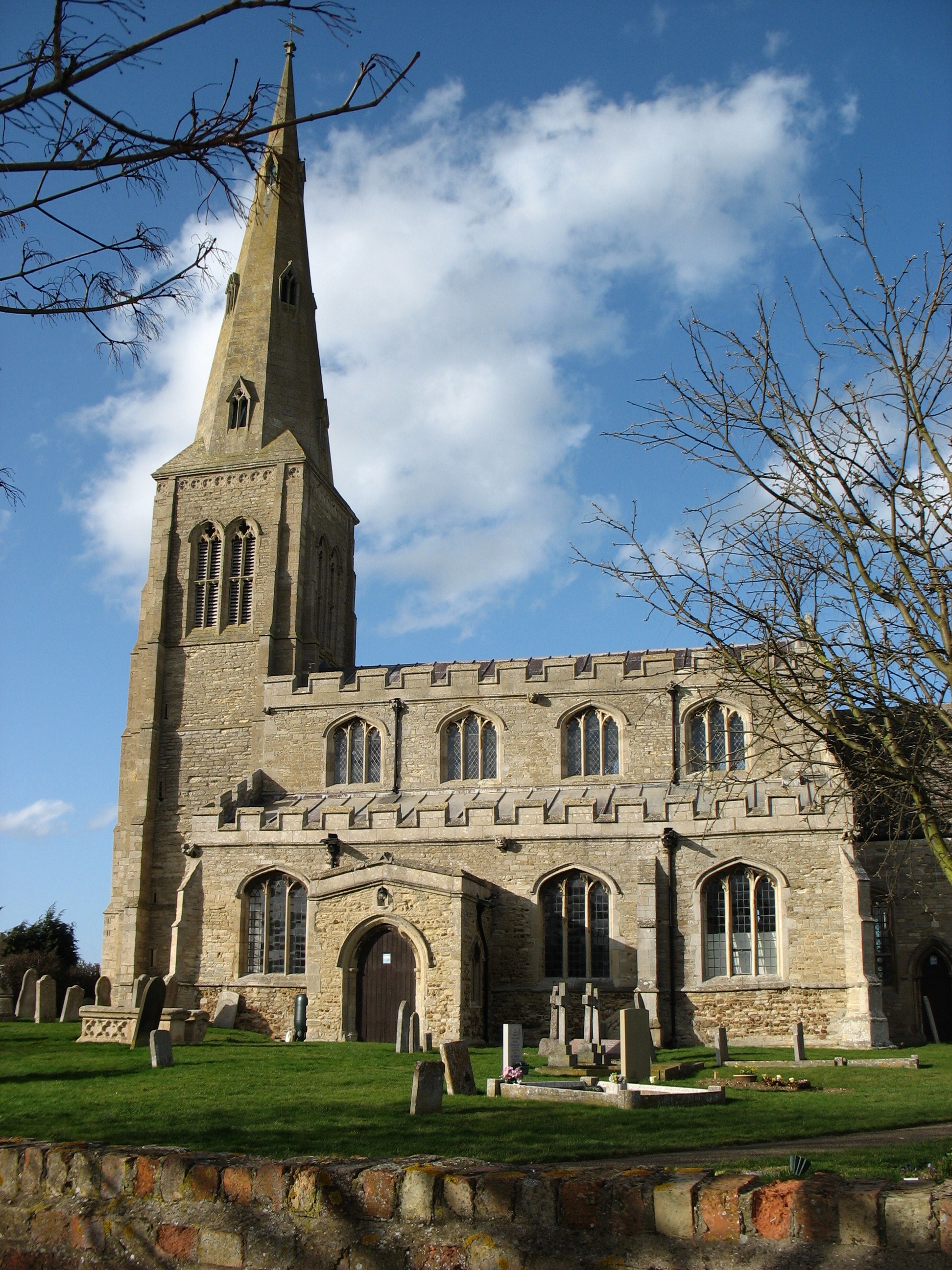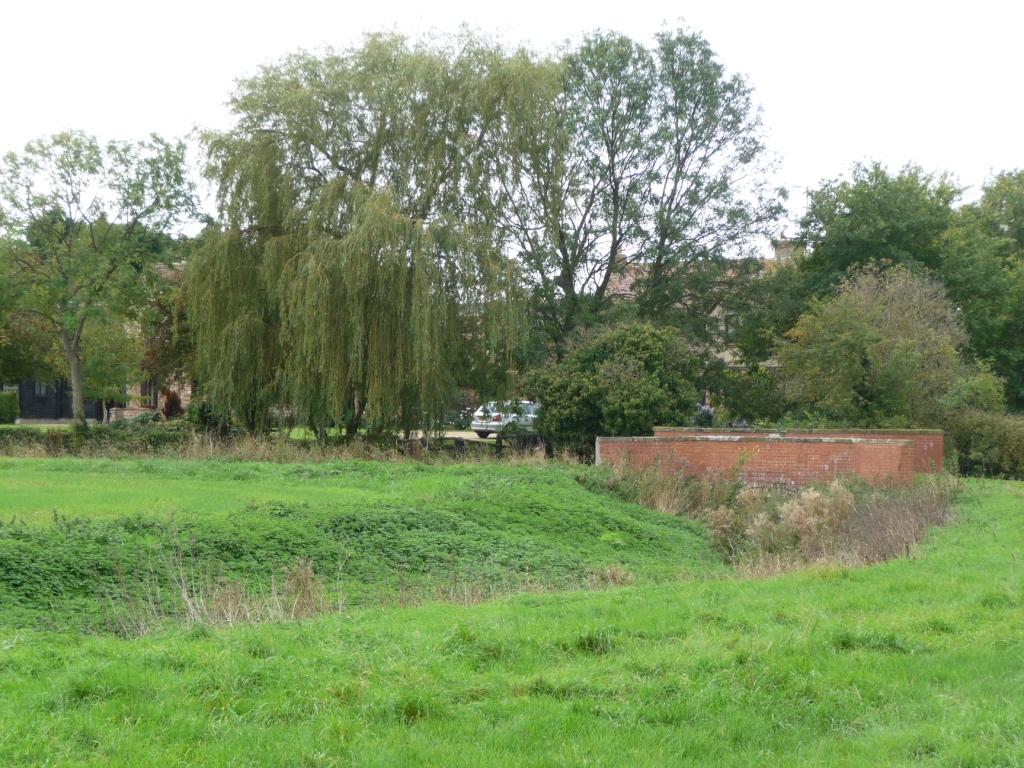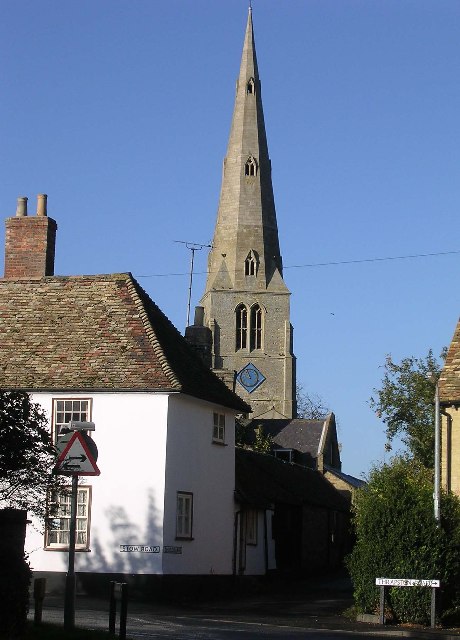Ellington Common
Downs, Moorland in Huntingdonshire Huntingdonshire
England
Ellington Common

Ellington Common is a picturesque area located in Huntingdonshire, a historic county in the eastern part of England. Situated near the village of Ellington, the common is characterized by its diverse landscape, consisting of downs and moorland.
Covering an expansive area, Ellington Common is a haven for nature enthusiasts and provides ample opportunities for outdoor activities. The downs, with their rolling hills and expansive grasslands, offer stunning views of the surrounding countryside. Visitors can enjoy leisurely walks or hikes, taking in the fresh air and tranquility of the area.
The moorland in Ellington Common is a unique ecosystem, home to a variety of plant and animal species. Here, one can find heather, gorse, and other characteristic vegetation that flourish in this environment. Birdwatchers will be delighted by the presence of several avian species, including the rare stonechat and the skylark.
Ellington Common also plays an important role in the local community. It serves as a grazing ground for livestock and supports traditional farming practices. The local authorities actively manage the common to preserve its natural beauty and protect its ecological balance.
Overall, Ellington Common offers a serene landscape, rich in biodiversity. Its downs and moorland provide a perfect setting for exploration, relaxation, and appreciation of the natural world. Whether it's a leisurely stroll or a birdwatching adventure, visitors are sure to find solace and beauty in Ellington Common.
If you have any feedback on the listing, please let us know in the comments section below.
Ellington Common Images
Images are sourced within 2km of 52.336645/-0.31085522 or Grid Reference TL1572. Thanks to Geograph Open Source API. All images are credited.


Ellington Common is located at Grid Ref: TL1572 (Lat: 52.336645, Lng: -0.31085522)
Administrative County: Cambridgeshire
District: Huntingdonshire
Police Authority: Cambridgeshire
What 3 Words
///bend.browser.afternoon. Near Alconbury, Cambridgeshire
Nearby Locations
Related Wikis
Ellington, Cambridgeshire
Ellington is a village and civil parish in Cambridgeshire, England, 4 miles (6 km) west of Huntingdon in Huntingdonshire, a non-metropolitan district...
Easton, Cambridgeshire
Easton is a village and civil parish in Cambridgeshire, England. Easton lies approximately 6 miles (10 km) west of Huntingdon, between the villages of...
Woolley, Cambridgeshire
Woolley is a hamlet and former civil parish, now in the parish of Barham and Woolley, in Cambridgeshire, England. Woolley lies approximately 5 miles (8...
Spaldwick
Spaldwick is a village and civil parish in Cambridgeshire, England. Spaldwick lies approximately 6 miles (10 km) west of Huntingdon, near Catworth. Spaldwick...
Nearby Amenities
Located within 500m of 52.336645,-0.31085522Have you been to Ellington Common?
Leave your review of Ellington Common below (or comments, questions and feedback).


















